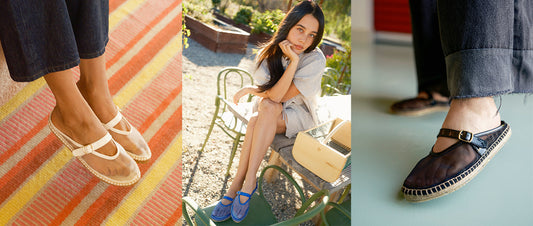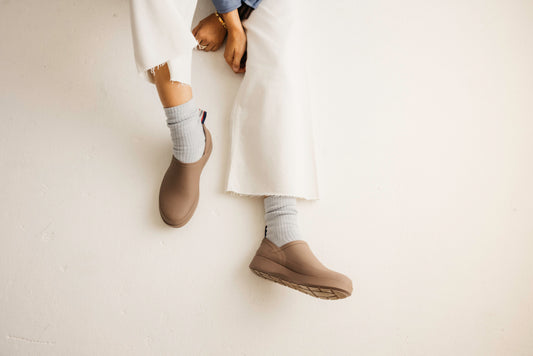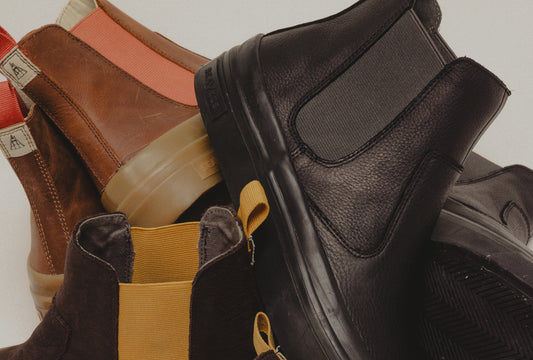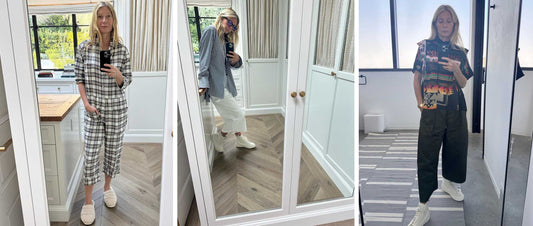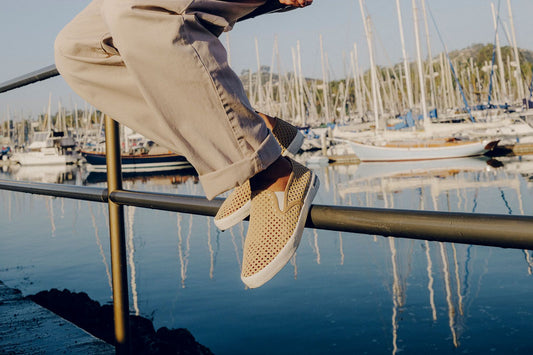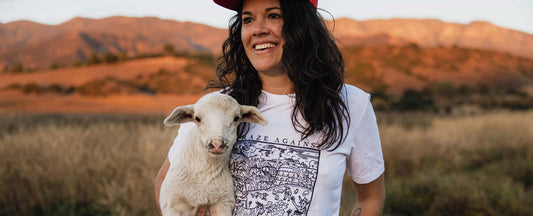Watching Jivana Heyman gently tend to a tomato plant or help his elderly dog up the stairs, it’s hard to imagine him as the fervent former activist who’d regularly end up in handcuffs. But pain will spur people to do what they can to survive it—for Jivana, it was the loss of his close friends to the HIV/AIDS epidemic tearing through San Francisco in the early 1990s. “I was afraid, and I was angry. I was watching the people I loved suffer and die and no one was coming to help us,” he remembers.
Numbing his pain through public demonstrations, drinking and partying, Jivana’s physical and mental state began to deteriorate. That’s when he sought out yoga, and for the next 25 years, the founder of Accessible Yoga Association would use the practice to serve communities that are traditionally under-represented in the yoga space, bringing healing to those who need it most.
As told to SeaVees. Photography by Johnie Gall.


“I came out as gay when I was 18 years old, right in the middle of the HIV/AIDS epidemic in San Francisco. I was part of this entire generation of gay men being devastated by disease. It’s hard to describe how traumatizing that was—remember in the beginning of COVID when we were panicking and couldn’t find answers? If I see this person, will I get sick? Will I die, or will he die? It was a bit like that, only at that time it was really just affecting gay men and there was no support. We were on our own.

I was so angry and I didn’t know what to do, so I joined the group ACT UP, which was a very intense, almost militant organization back then. I did a lot of demonstrating and was arrested multiple times, but it felt too violent for me and it wasn’t how I wanted to show up and care for people. My best friend at the time, Kurt, was passionate about philosophy and he encouraged me to get back into yoga. We talked constantly about yoga philosophy and eventually he pushed me to take a yoga teacher training. I graduated three months before he died from AIDS.


During that training, the pieces started coming together for me. I thought a lot about how I could adapt yoga practices to make them work for people who didn’t think they’d be able to do yoga but who really needed it. An AIDS hospital in San Francisco that had started an alternative medicine program allowed me to start a yoga class there and it became the focus of my life for a really long time. The class was a group of mostly gay men, and many of them died over the years. But some of them didn’t, and we became like a family. These were people facing death yet they became some of my greatest teachers because they showed me how to face adversity and what spiritual practice was all about. From everything they taught me, I developed my Accessible Yoga program and began training other yoga teachers through it.
“Yoga, and the community we’d built around it, had given him the capacity to keep going. It’s something I’ve seen happen so many times.”
I had a student who was very sick. A common occurrence with anyone who is sick or who suffers from a chronic illness is that it’s very hard to care for oneself, to even take your medication. This guy was depressed and starting to give up, and he told me that his yoga practice gave him enough hope to keep taking his meds. I remember he came to class one day and he looked skeletal, and I knew I probably wouldn’t see him again because he was dying. That month, a new drug came out and it turned everything around for him. He survived and he’s still alive today. In fact, he became a yoga teacher—it’s a miracle. Yoga, and the community we’d built around it, had given him the capacity to calm the mind and find a moment of peace, just enough to keep going. It’s something I’ve seen happen so many times.
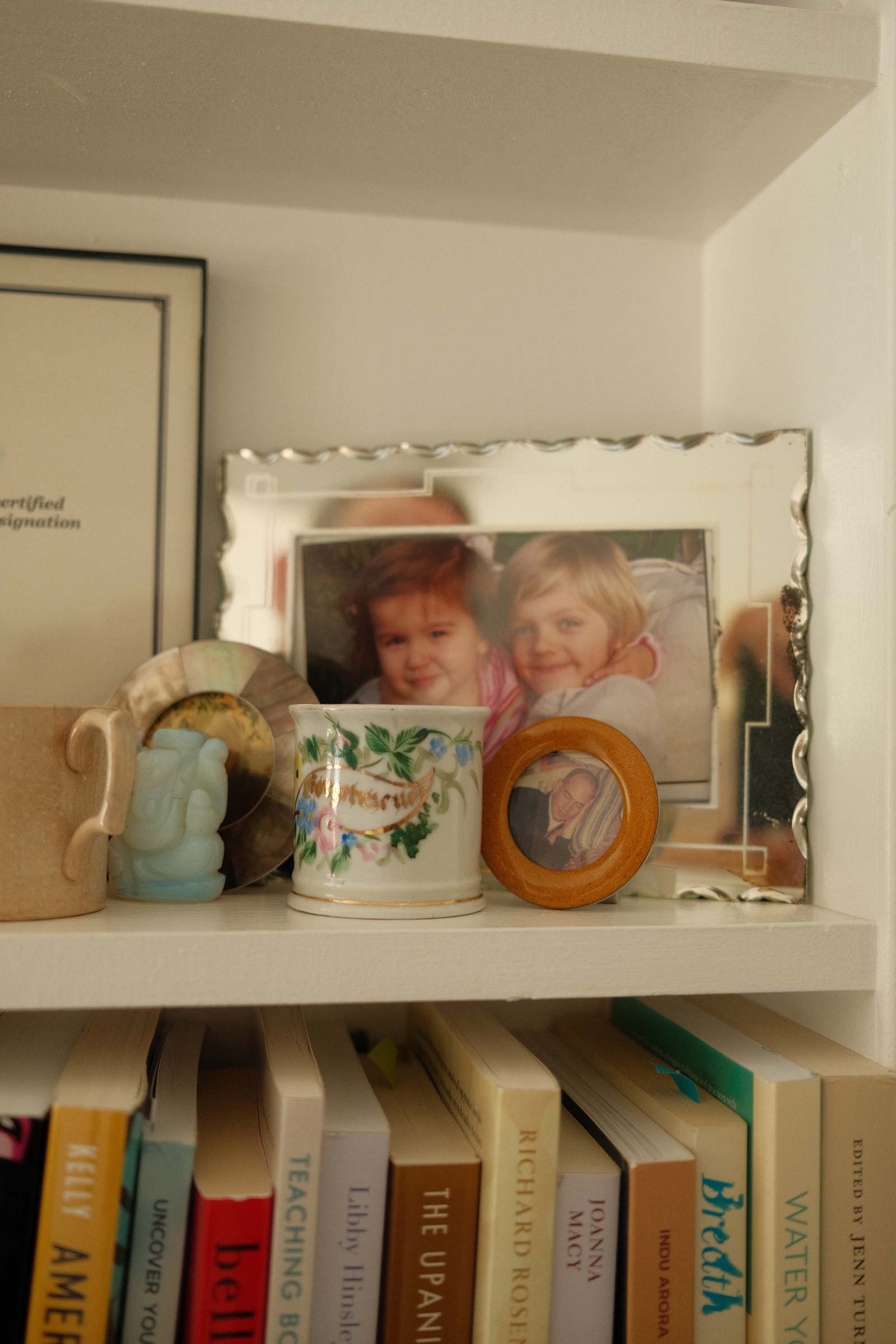

I moved to Santa Barbara with my husband and children and ended up taking over a yoga studio here with a friend of mine. At the time, so much of yoga was about being physically strong and competitive, and studios were exclusive, expensive and encouraged a certain level of ability. It felt so at odds with what I had been doing, which was teaching students who were disabled or older or marginalized in some way. I knew that I wanted to create a gathering of people who worked outside of this mainstream, and now I had the space to do it, so we held an Accessible Yoga conference. Yoga teachers came from all over the world and that was the turning point of when our nonprofit became a connector, something people recognized as a safe space.
“Thinking about what you’ll get out of something will never help you, so don’t focus on the reward but on how you can be of service to others.”
After I left the studio, I shortened my Accessible Yoga teacher training program into something that would take a weekend and began traveling all over the world to teach—we’d do forty trainings a year! When COVID hit we had to figure out how to take everything online. I think the biggest learning from that time is that putting Accessible Yoga teacher training online made it even more available to people. It’s less expensive, no one has to travel or take time off work, and anyone can join from anywhere in the world. We’ve also launched online classes through the Accessible Yoga Studio, which is really special because I feel like that just doesn’t exist in the world—you can find chair yoga, yoga for larger bodies, restorative yoga, and even our podcast.

I started practicing yoga because, even as a little kid, I’ve always had this desire to serve others. Where I feel stuck is finding the resources to do that—I know if we could fundraise more money, we could touch the lives of millions of people who really need us. There are so many things keeping people from yoga or from being the best yoga teachers they can be: ableism, racism, homophobia, ageism. I know we could train people better and get more information out there if we had more money, but fundraising is really hard to do. My dream is to take this underground thing and make it mainstream.


I don’t think we can build dreams by ourselves. I have people who help me with some of the business aspects of my nonprofit—it’s easy to convince yourself you have to do everything, but it was important for me to try to let go of some control so Accessible Yoga could grow. Collaboration is the most important tool for building your dream, so find other people who have similar goals. Even if you don’t end up working with them down the line, they’ll challenge you, provide inspiration, and help you process criticism. The fastest way to grow is to make sure you’re surrounded by people who are smarter than you and also working on themselves.

One of the commitments I made to myself early on was that I would always lift up others. Yoga is all about overcoming ego, which goes against everything we’re taught in a capitalistic society. I’m always pressing up against capitalism by collaborating and by lifting others up so they can succeed. Thinking about what you’ll get out of something will never help you, so don’t focus on the reward but how you can be of service to others. It doesn’t have to be a big grand gesture, because anything can be service if it’s done out of love and not for what you’ll receive out of it.


Yoga philosophy says that life itself is a dream and that the only thing that lasts forever is our spirit. I mean, I love life as much as anyone else, but having the perspective that everything is temporary helps me enjoy and appreciate life instead of living in this state of desperation and dissatisfaction. My dream for others is that they get to experience yoga because we all deserve a break. To be soothed, and calm, and be beyond all pain and anxiety for just a moment. If I can take my suffering and challenges and make them useful for others, that’s the most incredible gift.”
Jivana wears the Men’s Bodega Clog and the Royal Runner.

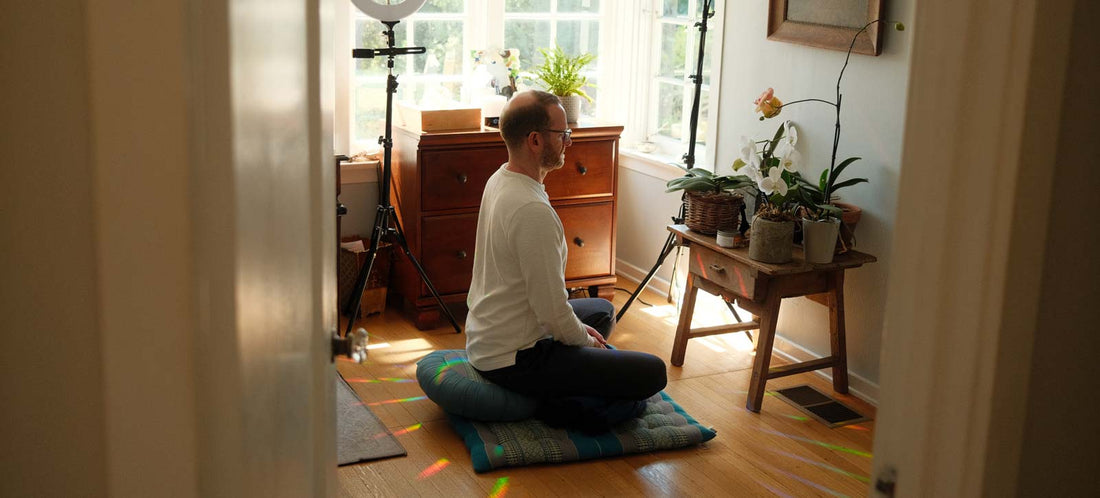


 I was so angry and I didn’t know what to do, so I joined the group ACT UP, which was a very intense, almost militant organization back then. I did a lot of demonstrating and was arrested multiple times, but it felt too violent for me and it wasn’t how I wanted to show up and care for people. My best friend at the time, Kurt, was passionate about philosophy and he encouraged me to get back into yoga. We talked constantly about yoga philosophy and eventually he pushed me to take a yoga teacher training. I graduated three months before he died from AIDS.
I was so angry and I didn’t know what to do, so I joined the group ACT UP, which was a very intense, almost militant organization back then. I did a lot of demonstrating and was arrested multiple times, but it felt too violent for me and it wasn’t how I wanted to show up and care for people. My best friend at the time, Kurt, was passionate about philosophy and he encouraged me to get back into yoga. We talked constantly about yoga philosophy and eventually he pushed me to take a yoga teacher training. I graduated three months before he died from AIDS.










